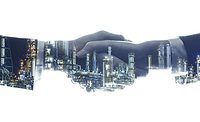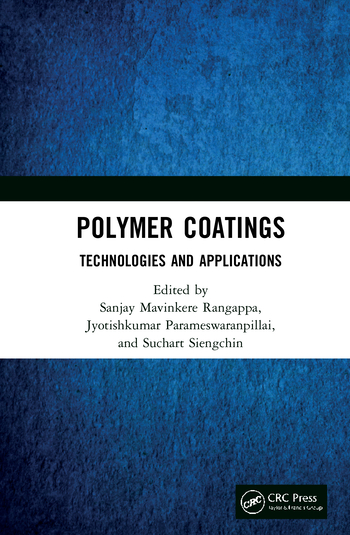COVID-19 and M&A Activity

The global pandemic has affected all aspects of the coatings industry, and PCI has covered the impact from a variety of angles. This interview dives a bit deeper into how COVID-19 has impacted mergers and acquisitions in the coatings market. I recently interviewed Leland Harrs, Managing Director, Head of Chemicals, at Houlihan Lokey, a leading global investment bank in New York with expertise in mergers and acquisitions, capital markets, financial restructuring, and valuation.
PCI: How has COVID-19 affected M&A in the coatings sector?
Harrs: Well, as with most sectors, companies’ immediate actions were primarily linked to liquidity preservation. Companies quickly implemented cost-cutting efforts ranging from reductions in staffing, salary cuts, reductions in capital spending, and a freeze on M&A activities. Memories of the Great Recession of 2007-09 are still fresh in executives’ minds. Therefore, COVID had an initial chilling effect on M&A, but we see signs that companies are returning to M&A to generate incremental growth. Balance sheets remain healthy. Most companies are focused on smaller, tuck-in acquisitions that can be done with cash on the balance sheet. Overall market psychology has improved since May, and the M&A market is very much open.
PCI: What do you mean by the market is open?
Harrs: Unlike the Great Recession, there is plenty of liquidity in the market. Debt financing is widely available on competitive terms that are not too far off pre-COVID levels. While overall activity is down (anecdotally, about two-thirds of deals in the market were put on hold when COVID broke out), chemical and coatings deals are still being launched and closed. Private equity buyers are flush with cash, and corporate buyers are returning to the market. Confidence is returning. Pricing for quality assets remains high, and motivated sellers are coming to market. A standout performer has been architectural coatings. Consumers are “nesting” and spending more time in their homes during COVID, driving demand for decorative coatings. Demand is up year-over-year, and this sub-sector is clearly benefitting from COVID. Contrast this to the aerospace sector, which has been hit hard, as well as automotive, which is recovering nicely after an initial sharp downturn related to COVID. Industrial sector coatings demand generally mirrors the health and performance of each end-market, with oil and gas markets in a prolonged downturn, for example.
PCI: What are your expectations for future coatings sector consolidation?
Harrs: I think future continued consolidation is inevitable. Synergies available to in-market consolidators are quite substantial. From incremental top line (sales) growth to cost savings including raw materials (pigments, resins, etc.) and corporate overheads, synergies can often add 50 percent or more to a target’s pro-forma EBITDA.
I think the first phase of M&A market recovery from COVID is already underway, evidenced by smaller, less-risky deals. The next phase could include some larger consolidation activity. Industrial coatings remain fragmented, and players like Axalta have been seeking a partner for some time to strengthen their competitive positioning. Others who have been quiet in recent years, such as Akzo, have recently returned to the market. The Top 4: PPG, Sherwin-Williams, AkzoNobel and Nippon Paint, all perennial consolidators, will certainly continue to play in future consolidation.
PCI: What will the coatings sector look like in the next three to five years?
Harrs: I expect the coatings sector to rebound nicely in the next several years. Coatings are an essential business, and their consumable nature makes them resilient through cycles. Megatrends such as light-weighting (which requires increased use of non-metal substrates), mandates for reduction of VOCs, and increased demand for use of renewables, etc., will be a challenge and require innovation. Overall, the industry is well-positioned to thrive. Over my career, I have seen the Top 10 coatings players grow from about 25 percent of the global market to over one-half today. I expect them to account for even more of the “pie” five years from now. The benefits of consolidation remain compelling.
Looking for a reprint of this article?
From high-res PDFs to custom plaques, order your copy today!










